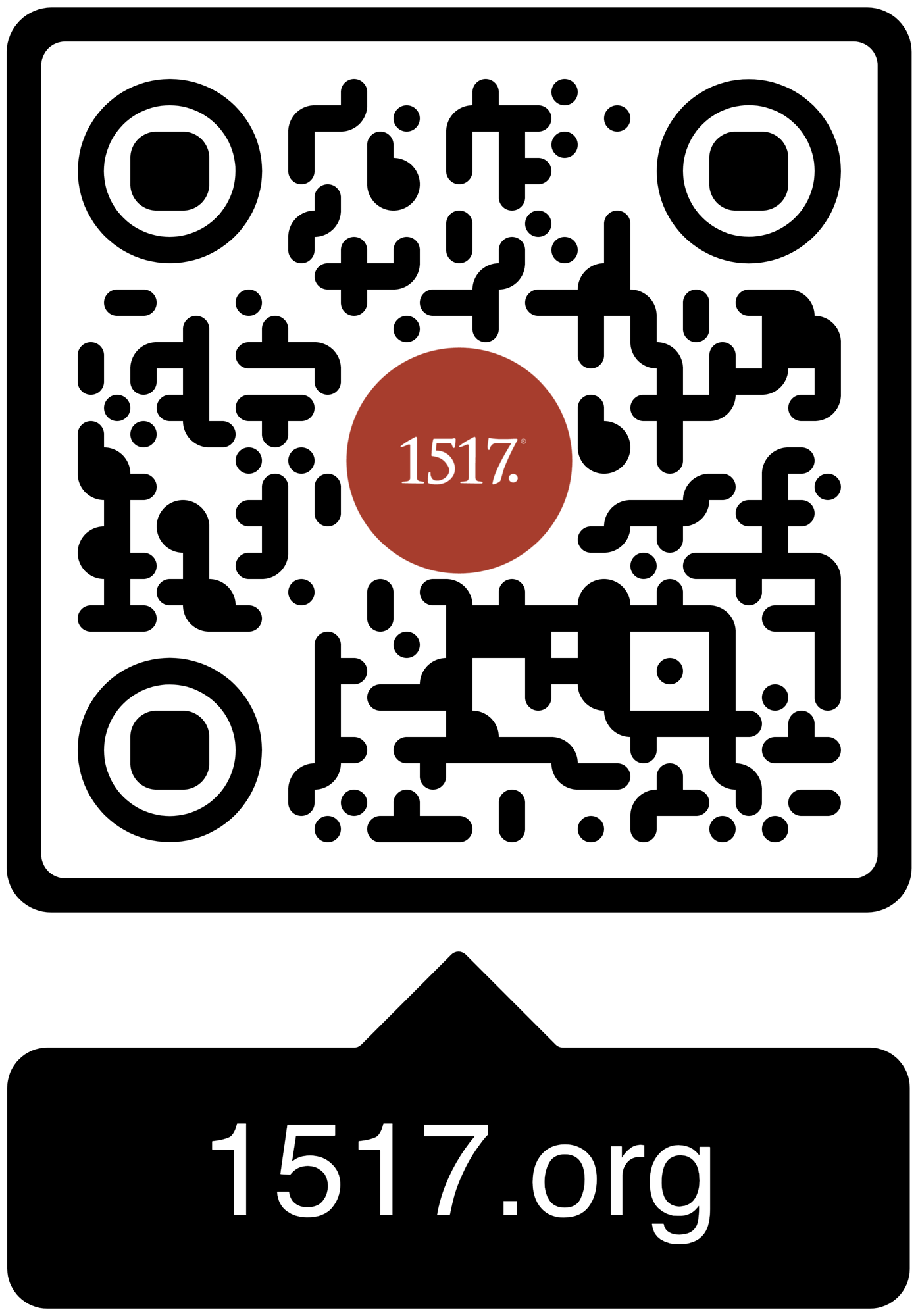Preachers are called upon to report the events that took place as Jesus journeyed towards the cross with the intention of reassuring our hearers of the trustworthiness of Christ’s work for their salvation.
Luke was a reporter. His gospel is the work of an investigative journalist, presenting the facts of the case about Jesus of Nazareth. He says as much to his friend Theophilus, in 1:1-4, when he writes:
Inasmuch as many have undertaken to compile a narrative of the things that have been accomplished among us, just as those who from the beginning were eyewitnesses and ministers of the word have delivered them to us, it seemed good to me also, having followed all things closely for some time past, to write an orderly account for you, most excellent Theophilus, that you may have certainty concerning the things you have been taught.
Despite what those “biblical scholars” on the History Channel tell us, Luke believes he is laying out an orderly account of Jesus’ ministry. He spoke with those who were present or close to the events in Christ’s life, from His birth to His death and after His resurrection. He writes with the intention of confirming the faith of his friend Theophilus and of all who read his book.
As our lectionary calendar launches into the Time of the Church for Series C, I find it helpful to keep the nature and intention of Luke’s gospel in mind as I preach through much of his book. For just over the next 20 Sundays, our readings for the Gospel lesson will be taken from Luke’s record of Jesus’ ministry. Which means that, as preachers, we are called upon to report the events that took place as Jesus journeyed towards the cross with the intention of reassuring our hearers of the trustworthiness of Christ’s work for their salvation. As Arthur Just argues, Luke’s gospel is catechetical in nature.[1] This means our preaching must be filled with teaching and informing our congregations about the facts of the case. Proclamation for our congregations should be saturated with the education of the saints. In other words, our sermons should explain Luke’s reports and proclaim what Jesus gives us through these texts.
You can take this reporter imagery with you as you come to the account of Jesus exorcising the Gerasene demoniac. Following a type of Storied Discourse Structure, you could retell the story of the salvation Jesus gave to the man among the tombs by asking your congregation to imagine they are watching the evening news. You could begin the sermon by asking: How would a reporter go about telling us the story of Jesus casting the legion of demons into the pigs? What would it be like to watch the evening news and hear about this one?
In other words, our sermons should explain Luke’s reports and proclaim what Jesus gives us through these texts.
Then, act like you are reading a transcript of the interview that takes place. Set the scene by saying how the guy on the TV station, Damascus News at 9, starts the report with: “Pigs don’t fly, and apparently, they don’t swim either. A strange story out of the Gerasene’s today with a Jewish man from Nazareth is causing quite the commotion. Our reporter Luke is on the scene. Luke, can you tell us what’s going on?”
The camera switches to the reporter: “Thanks, O Theophilus. I’m here at a once thriving field of a swineherd that, oddly enough, is peacefully quiet. And not just because there are no pigs. This farm had been harassed constantly by a demon possessed man for a long time. But, after a remarkable encounter with a man from Nazareth, things have changed. I asked a number of people to describe what happened.”
From here, you could have comments from those who saw the scene, people like the pig farmers, the disciples, and the demoniac himself. With their comments, you could fill the congregation in on certain cultural nuances which are helpful to know. For example, you could have Peter talking about how out of place it is for Jews to be in gentile graveyards next to pig farms, and yet how Jesus just seems to purify all of it when He shows up. Or, you could have the demoniac talk about the wickedness of his former faith, that he was in the position he was due to cultic activity, and how it only brought harm to him and his community, but Jesus set him free from the oppression.
At the end of the sermon, you will finish with the reporter’s commentary on how their investigation into this Jesus has demonstrated His shocking compassion. Here is where you can get the Gospel to the hearer by having your reporter conclude, “It would seem that everywhere this Jesus goes, He’s removing impurities. It is as if there is no one too impure for Him to welcome into His presence. It is like this Jewish rabbi is happy to take on our impurities and set us free. Back to you in the studio.”
Go back to the studio and have the anchor say that attempts were made to reach out to the demons, but they were unavailable for comment.
--------
Additional Resources:
Craft of Preaching-Check out 1517’s resources on Luke 8:26-39.
Concordia Theology-Various helps from Concordia Seminary in St. Louis, MO to assist you in preaching Luke 8:26-39.
Lectionary Kick-Start-Check out this fantastic podcast from Craft of Preaching authors Peter Nafzger and David Schmitt as they dig into the texts for this Sunday!
The Pastor’s Workshop-Check out all the great preaching resources from our friends at the Pastor’s Workshop!
----
[1] Arthur A. Just, Jr. Luke 1:1-9:50. Concordia Commentary. St. Louis: Concordia, 1996. 1-32.





